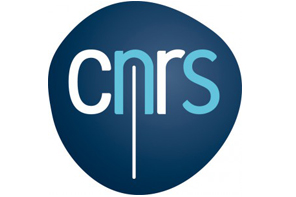Cancer cachexia etiology, pragmatic solutions and investigational new drugs in development.
Vickie E Baracos
Professor, Palliative Care Medicine
Department of Oncology, University of Alberta, Canada
BSc 1977 University of Alberta, Animal Science
PhD 1981 Nottingham University, Applied Biochemistry
PDF 1981 Harvard Medical School, Physiology
Presentation:
Cancer cachexia etiology, pragmatic solutions and investigational new drugs in development. Cancer cachexia remains a prevalent complication in the late stages of most cancers and can develop early in the course of others cancers (e.g. pancreatic, gastroesophageal, lung). Cachexia is a hypercatabolic state characterized by anorexia and progressive wasting of adipose and skeletal muscle tissue. Improved understanding of the complex interactions among tumor byproducts and their effect on multiple organs provide rationale for targeted therapeutic strategies currently in development. The central nervous system is integral in the pathogenesis of cancer cachexia through varied mechanisms including hypothalamic and neuroendocrine alterations that promote and accelerate anorexia. Three investigational new therapies for cancer cachexia in Phases I-III of investigation are targeted at the central nervous system: antagonists to the melanocortin-4 receptor (MC4R) involved in hypothalamic regulation of satiety, antibodies towards the cytokine, GDF15 which contributes to anorexia by binding to a receptor within the feeding center of the brainstem, and selective agonists of the hypothalamic ghrelin receptor which has orexigenic action and promotes GI motility. Pending regulatory approval of the first drug for the indication of cancer cachexia-anorexia, American Society for Clinical Oncology guidelines recommend pragmatic solutions such as consultation with a registered dietitian, and olanzapine a dopamine and serotonin antagonist that showed efficacy for weight gain in metastatic lung, pancreato/biliary and gastric cancer in a Phase III study (J Clin Oncol. 2023;41(14):2617-2627).
Biography:
The long-term focus of my career has been the pathophysiology of skeletal muscle atrophy in an effort that encompasses fundamental and translational research, a clinical research agenda and an international network of strategic collaboration. Cancer cachexia, a debilitating condition characterized by profound atrophy of skeletal muscle is my main focus since 2003. Some key publications include Baracos VE et al. Cancer-associated cachexia. Nat Rev Dis Primers. 2018; 4:17105; Martin L et al. Diagnostic criteria for the classification of cancer-associated weight loss. J Clin Oncol. 2015;33(1):90-9. Fearon K et al. Definition and classification of cancer cachexia: an international consensus. Lancet Oncol. 2011;12(5):489-95. I am a member of the American Society of Clinical Oncology Guideline Roeland EJ et al. Management of Cancer Cachexia: ASCO Guideline. J Clin Oncol. 2020;38(21):2438-53. I developed the use of clinical computed tomography to detect and precisely measure the muscle loss which is an integral part of cachexia. Muscle loss is strongly associated with severe chemotherapy toxicity, complications of surgery and mortality in patients with different cancers.








